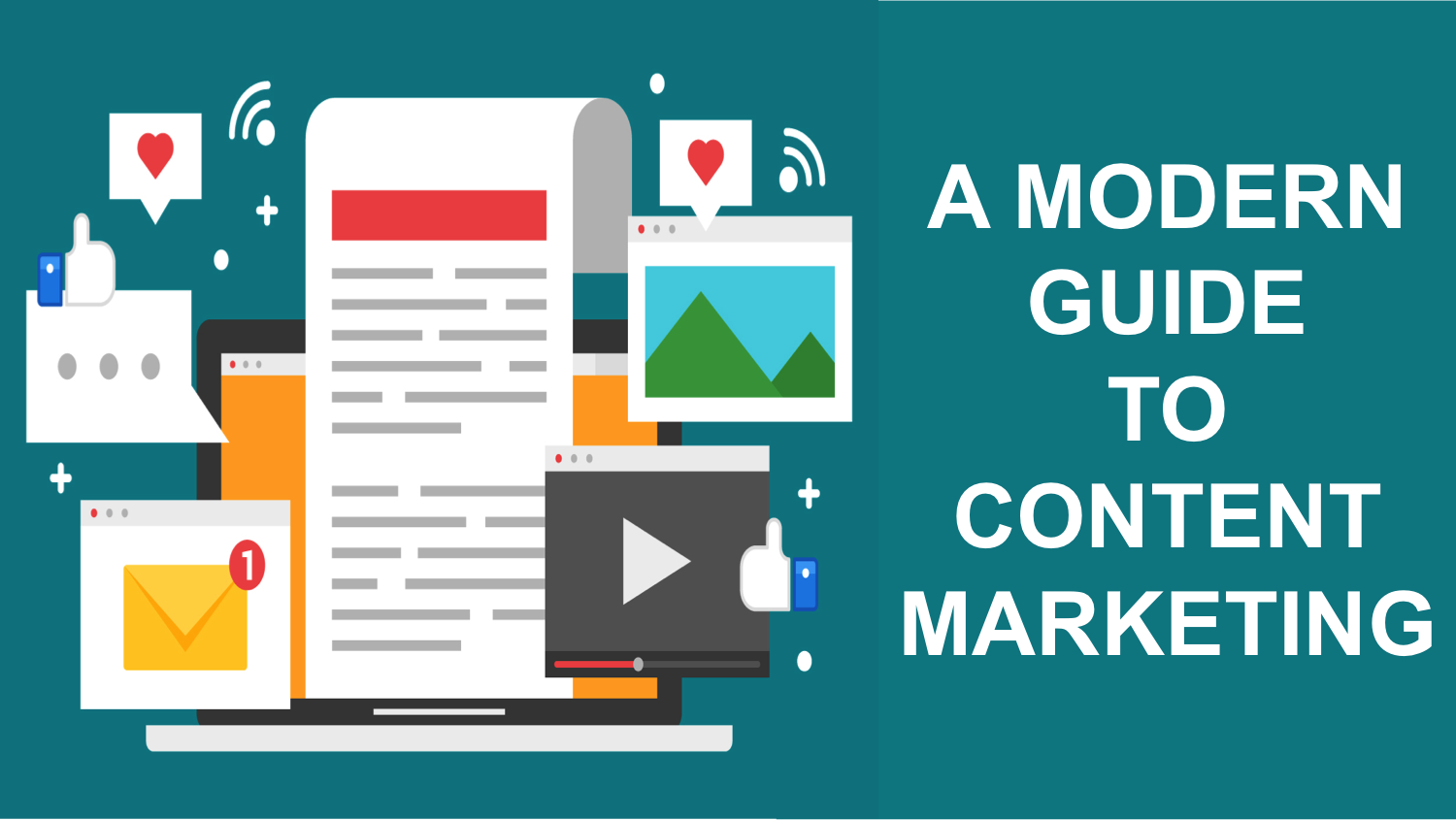Understanding Omnichannel Marketing
What is Omnichannel Marketing?
Omnichannel marketing is a customer-centric strategy that involves creating a unified and consistent experience across all channels and touchpoints. Unlike multichannel marketing, which simply uses multiple channels, omnichannel marketing ensures that all channels are interconnected and provide a cohesive experience. This approach recognizes that customers interact with brands through various platforms and devices, and aims to deliver a seamless journey regardless of the channel used.
The Evolution of Omnichannel Marketing
The evolution of omnichannel marketing can be traced back to the rise of digital technology and the increasing expectations of consumers. As customers began using multiple devices and channels to interact with brands, businesses recognized the need to create a unified experience. The integration of online and offline channels, along with advancements in data analytics and customer relationship management (CRM) systems, has further driven the adoption of omnichannel marketing.
Benefits of Omnichannel Marketing
1. Enhanced Customer Experience
One of the primary benefits of omnichannel marketing is the enhanced customer experience it provides. By delivering a consistent and seamless journey across all touchpoints, businesses can meet customer expectations and create a positive impression. This improves customer satisfaction and fosters loyalty, as customers are more likely to return to brands that offer a convenient and personalized experience.
2. Increased Customer Engagement
Omnichannel marketing drives higher levels of customer engagement by reaching customers through their preferred channels. Whether it’s social media, email, in-store, or mobile apps, customers can interact with brands in ways that suit their preferences. This increases the likelihood of engagement and encourages customers to spend more time with the brand, ultimately leading to higher conversion rates.
3. Improved Customer Insights
By integrating data from multiple channels, omnichannel marketing provides businesses with a comprehensive view of customer behavior and preferences. This enables marketers to gain valuable insights into customer journeys, identify trends, and make data-driven decisions. Understanding customer behavior across channels allows businesses to tailor their marketing strategies and deliver more relevant and targeted content.
4. Higher Conversion Rates
Omnichannel marketing can lead to higher conversion rates by providing a seamless and frictionless experience. When customers can easily transition between channels and access consistent information, they are more likely to complete their purchase. Additionally, personalized recommendations and targeted offers based on customer data can further drive conversions.
5. Increased Customer Loyalty
A well-executed omnichannel strategy fosters customer loyalty by building strong relationships and trust. Consistency in messaging and experience across channels helps create a sense of familiarity and reliability. Customers who feel valued and understood are more likely to become repeat buyers and advocates for the brand, leading to long-term loyalty.
Key Components of Omnichannel Marketing
1. Integrated Technology
The foundation of successful omnichannel marketing lies in the integration of technology. Businesses need robust CRM systems, marketing automation tools, and data analytics platforms to collect, analyze, and act on customer data. Integration between online and offline channels, such as e-commerce platforms and point-of-sale systems, is also crucial for providing a unified experience.
2. Customer Data Management
Effective customer data management is essential for omnichannel marketing. Businesses must collect data from various touchpoints, including websites, social media, email, and in-store interactions, and consolidate it into a single customer profile. This 360-degree view of the customer enables personalized marketing efforts and ensures consistency across channels.
3. Personalized Content
Personalization is a key driver of customer engagement in omnichannel marketing. By leveraging customer data, businesses can deliver personalized content, recommendations, and offers that resonate with individual preferences. Personalization goes beyond addressing customers by name; it involves understanding their needs, behaviors, and purchase history to create meaningful interactions.
4. Seamless Channel Integration
Seamless integration between channels is critical for providing a cohesive experience. Customers should be able to start an interaction on one channel and continue it on another without disruption. For example, a customer may browse products on a website, receive personalized recommendations via email, and make a purchase through a mobile app. Ensuring that these interactions are interconnected and consistent enhances the overall customer journey.
5. Consistent Messaging
Consistency in messaging across all channels is essential for building brand trust and recognition. Whether it’s a social media post, email newsletter, or in-store signage, the tone, style, and messaging should align with the brand’s identity. Consistent messaging reinforces the brand’s values and ensures that customers receive a unified experience, regardless of the channel they choose.
6. Real-Time Customer Support
Providing real-time customer support is a crucial component of omnichannel marketing. Customers expect quick and efficient responses to their inquiries, regardless of the channel they use. Implementing live chat, chatbots, and social media support can help businesses address customer concerns promptly and enhance the overall experience.
Best Practices for Implementing Omnichannel Marketing
1. Map the Customer Journey
Understanding the customer journey is the first step in implementing an effective omnichannel strategy. Businesses should map out the various touchpoints and interactions that customers have with the brand. This includes online and offline channels, such as websites, social media, email, in-store visits, and customer service interactions. By identifying key moments in the customer journey, businesses can optimize each touchpoint to provide a seamless experience.
2. Invest in the Right Technology
Investing in the right technology is essential for executing an omnichannel strategy. This includes CRM systems, marketing automation platforms, data analytics tools, and integration solutions. The technology should enable businesses to collect and analyze customer data, automate marketing processes, and provide real-time insights. Additionally, businesses should ensure that their e-commerce platforms and point-of-sale systems are integrated to facilitate a unified experience.
3. Focus on Personalization
Personalization is a cornerstone of omnichannel marketing. Businesses should leverage customer data to deliver personalized content and experiences. This includes personalized product recommendations, tailored offers, and targeted messaging. Personalization should be consistent across all channels, ensuring that customers receive relevant and meaningful interactions regardless of how they engage with the brand.
4. Maintain Consistent Branding
Consistency in branding is crucial for building trust and recognition. Businesses should ensure that their branding, messaging, and visual identity are consistent across all channels. This includes social media profiles, websites, email campaigns, in-store signage, and customer service interactions. Consistent branding reinforces the brand’s values and creates a cohesive experience for customers.
5. Provide Omnichannel Customer Support
Providing omnichannel customer support is essential for addressing customer needs and concerns. Businesses should offer multiple support channels, such as live chat, social media, email, and phone, to cater to different preferences. Additionally, customer support should be integrated across channels to ensure that customers receive consistent and timely assistance, regardless of how they reach out.
6. Analyze and Optimize
Continuous analysis and optimization are key to the success of an omnichannel strategy. Businesses should regularly review customer data and performance metrics to identify areas for improvement. This includes analyzing customer behavior, engagement levels, conversion rates, and feedback. By identifying trends and patterns, businesses can make data-driven decisions to optimize their omnichannel efforts and enhance the customer experience.
7. Leverage Automation
Marketing automation plays a vital role in executing an omnichannel strategy. Automation tools can streamline marketing processes, such as email campaigns, social media posting, and customer segmentation. By automating repetitive tasks, businesses can focus on delivering personalized and timely interactions. Additionally, automation can help businesses track and analyze customer interactions across channels, providing valuable insights for optimization.
8. Train and Empower Employees
Employees play a crucial role in delivering a seamless omnichannel experience. Businesses should invest in training and empowering their employees to understand and implement the omnichannel strategy. This includes training on customer data management, personalized marketing, and customer support. Empowered employees can provide consistent and personalized interactions, enhancing the overall customer experience.
Case Studies of Successful Omnichannel Marketing
1. Starbucks
Starbucks is a prime example of successful omnichannel marketing. The company has seamlessly integrated its mobile app, website, and in-store experience to create a unified customer journey. Customers can use the Starbucks app to order and pay for their drinks, earn rewards, and receive personalized offers. The app also integrates with the in-store experience, allowing customers to pick up their orders and redeem rewards seamlessly. This cohesive experience has driven customer engagement and loyalty, making Starbucks a leader in omnichannel marketing.
2. Sephora
Sephora has effectively implemented an omnichannel strategy by integrating its online and offline channels. The Sephora app allows customers to browse products, read reviews, and make purchases. In-store, customers can use the app to scan products and access additional information and reviews. Sephora’s loyalty program is also integrated across channels, allowing customers to earn and redeem points both online and in-store. This seamless experience has enhanced customer engagement and satisfaction, contributing to Sephora’s success in the beauty industry.
3. Disney
Disney has created a magical omnichannel experience by integrating its theme parks, website, mobile app, and customer service. The My Disney Experience app allows visitors to plan their trip, book tickets, and access personalized recommendations. In the parks, visitors can use the app to navigate, check wait times, and make reservations. Disney’s MagicBands further enhance the experience by serving as tickets, room keys, and payment methods. This cohesive experience has transformed the way visitors interact with Disney, creating a memorable and engaging journey.
4. Nike
Nike has embraced omnichannel marketing by integrating its e-commerce platform, mobile app, and physical stores. The Nike app provides personalized product recommendations, exclusive offers, and access to the NikePlus loyalty program. Customers can also use the app to reserve products in-store and access personalized training plans. Nike’s physical stores offer a seamless experience with features such as mobile checkout and personalized shopping assistance. This integration of online and offline channels has driven customer engagement and loyalty, making Nike a leader in the athletic apparel industry.
Challenges and Solutions in Omnichannel Marketing
1. Data Integration
One of the main challenges in omnichannel marketing is integrating data from multiple channels. Siloed data can hinder the ability to provide a unified experience. To overcome this challenge, businesses should invest in data integration solutions that consolidate customer data into a single platform. This enables a 360-degree view of the customer and ensures consistency across channels.
2. Maintaining Consistency
Maintaining consistency in messaging and branding across channels can be challenging, especially for large organizations. To address this, businesses should establish clear brand guidelines and ensure that all marketing efforts align with these guidelines. Regular training and communication with employees can also help maintain consistency.
3. Personalization at Scale
Personalizing interactions at scale can be difficult, particularly for businesses with a large customer base. Marketing automation and AI-powered tools can help businesses deliver personalized experiences at scale. By leveraging customer data and automation, businesses can create targeted campaigns and recommendations that resonate with individual preferences.
4. Real-Time Customer Support
Providing real-time customer support across multiple channels can be resource-intensive. Implementing AI-powered chatbots and self-service options can help businesses manage customer inquiries efficiently. Additionally, training customer support teams to handle inquiries across channels ensures that customers receive timely and consistent assistance.
5. Measuring Success
Measuring the success of omnichannel marketing efforts can be complex due to the multiple touchpoints involved. Businesses should establish clear metrics and KPIs to track performance across channels. This includes tracking customer engagement, conversion rates, and customer satisfaction. Regular analysis and reporting can provide insights into the effectiveness of the omnichannel strategy and identify areas for improvement.





